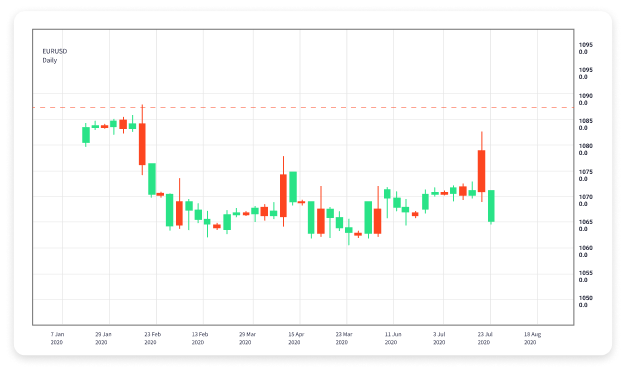
The Ultimate Guide to Forex Trading Platforms
In today’s fast-paced financial markets, having the right tools is crucial for any trader. The platform for forex trading Trading Platform CM is one such tool that can help you maximize your trading potential. Forex trading platforms play a pivotal role in executing trades, analyzing market trends, and managing your trading account efficiently. This article delves into the various features, types, and considerations you should keep in mind while selecting a trading platform for Forex.
What is a Forex Trading Platform?
A Forex trading platform is a software application that allows traders to buy and sell currencies in the foreign exchange market. It provides access to market data, trading tools, and execution capabilities. The platform acts as a bridge between the trader and the interbank market, allowing for the seamless execution of trades, regardless of their size or volume.
Types of Forex Trading Platforms
There are mainly three types of Forex trading platforms: web-based, desktop-based, and mobile-based. Each type has its own advantages and is tailored to different trading styles.
1. Web-Based Platforms
Web-based platforms are accessed through a web browser, making them highly convenient and accessible from anywhere. Traders do not need to download any software, which allows them to access their accounts from various devices without hassle. These platforms often come with user-friendly interfaces and a wide variety of features, making them suitable for both beginners and experienced traders.
2. Desktop-Based Platforms
Desktop-based platforms are installed directly onto a computer. They usually offer advanced features, sophisticated charting tools, and customization options that might not be available on web-based platforms. This platform type is ideal for traders who engage in high-frequency trading or require extensive analytical capabilities.
3. Mobile-Based Platforms
With the rise of mobile trading, many brokers now offer mobile applications that allow traders to execute trades, monitor their accounts, and access market news on the go. Mobile trading platforms can be very efficient, catering to traders who may not always be in front of their computers. However, it’s crucial to ensure that the mobile platform has all the necessary features you need for successful trading.
Key Features to Look for in a Forex Trading Platform
Selecting the right Forex trading platform is vital for your trading success. Here are some key features to consider:
1. User Interface
A user-friendly interface can enhance your trading experience dramatically. Look for platforms that provide easy navigation and quick access to critical tools and information, such as charting software, market news, and your trading account information.
2. Security

Security is paramount when it comes to online trading. Ensure that the platform you choose employs strong encryption protocols and has a good reputation for client security. Always check for regulatory compliance to ensure that the platform operates within legal frameworks.
3. Trading Tools and Indicators
A robust platform should offer various trading tools, including technical analysis indicators, news feeds, and economic calendars. These tools can help you make informed trading decisions and improve your overall performance in the markets.
4. Customer Support
Good customer support can save you time and frustration in case you encounter issues while trading. Choose a platform that offers multiple support channels, such as live chat, phone support, and email assistance. Responsive and knowledgeable support staff can make a significant difference in your trading experience.
5. Demo Accounts
Many reputable Forex trading platforms offer demo accounts that allow you to practice trading with virtual funds. This feature is invaluable for both beginner traders who are still learning the ropes and experienced traders looking to test new strategies.
Choosing the Right Forex Trading Platform
When selecting a Forex trading platform, consider your trading style, experience level, and specific needs. Here are some practical steps you can take:
1. Assess Your Trading Style
Your trading style will dictate the functionalities you prioritize in a trading platform. For instance, day traders may need sophisticated analysis tools and real-time data, while long-term investors may prioritize user-friendliness and strong security features.
2. Research Broker Options
Not all brokers offer the same platform features. Research various brokers and compare their offerings, fees, and commissions. Pay attention to reviews and ratings from other traders to gauge the reliability of their platforms.
3. Test the Platform
Before committing to a trading platform, take advantage of demo accounts to get a feel for the interface, tools, and overall experience. Ensure that it meets your expectations and aligns with your trading strategy.
Conclusion
Choosing the right Forex trading platform is critical to your success as a trader. With numerous options available, it’s essential to understand your specific needs and preferences. By considering factors such as security, user interface, trading tools, and support, you can find a platform that enhances your trading journey. Whether you’re a novice looking to start your trading career or an experienced trader seeking advanced tools, the right Forex trading platform can make all the difference.
Embrace the power of modern technology and opt for a platform that not only suits your trading style but also helps you achieve your financial goals in the dynamic world of Forex trading.
